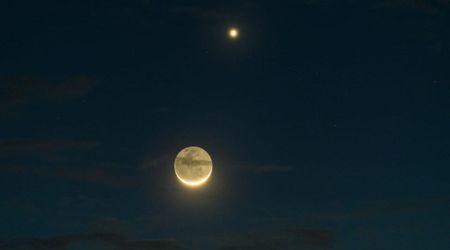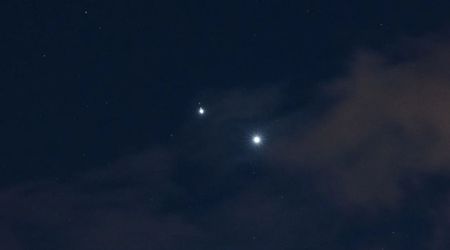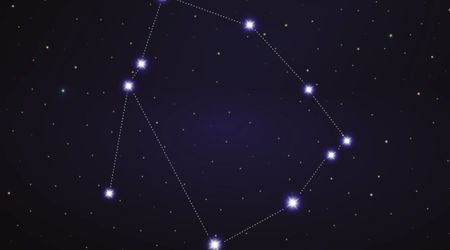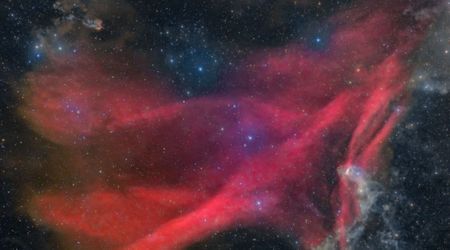June is the best time to catch a clear view of the Milky Way’s radiant core in the night sky

June brings not only the summer solstice and the year's shortest night for the Northern Hemisphere, but also a unique opportunity for stargazers: the peak "core season" for viewing the Milky Way galaxy. During this period, the luminous central core of our home galaxy becomes exceptionally visible. Observers are encouraged to seek out secluded locations away from urban light pollution to witness this breathtaking celestial phenomenon, as mentioned on IFL Science.

As explained by NASA's Jet Propulsion Laboratory (JPL), "This is the time of year when the Milky Way is visible as a faint band of hazy light arching across the sky all night. You just need to be under dark skies, away from bright city lights, to see it. What you’re looking at is the bright central core of our home galaxy, seen edge-on, from our position within the galaxy’s disk.” While it might seem counterintuitive to view the Milky Way from within it, what we observe in the night sky isn't the entire galactic structure. Unlike photographs of other galaxies, such as Andromeda, which depict a full, spinning disc or spiral from an external perspective, our view of the Milky Way is inherently from the inside looking out.

Dave Rothstein, a postdoctoral researcher in Cornell University's astronomy department in 2015, clarified this perspective: “Instead, we only get pictures in which we see the structure of the Milky Way edge-on, from inside of it.” He further noted that popular images showing the galaxy stretching across the sky with a central bulge, while appearing to be an external view, “might give the illusion that we are looking at an edge-on picture of the Milky Way from the outside, but in reality we are not.” This means the majestic band of light we see is our own galaxy's core, viewed from our position within its vast disk. Rothstein elaborated that “the left and right edges of this picture simply represent material in the Milky Way that is located in the opposite direction of the Galactic Center from our point of view,” and "since we ourselves are pretty close to the edge of the Milky Way, there isn't much to see in this direction,” as mentioned by the outlet.

Despite our vantage point within the galaxy, the Milky Way remains an undeniably impressive sight from an Earthbound perspective. If you're having trouble locating it, a helpful tip is to find the Summer Triangle. This prominent asterism consists of three bright stars: Deneb, Vega, and Altair, which are easily identifiable during summer nights. The Milky Way can be found stretching directly behind them.
For those looking to capture or further understand this celestial marvel, “Long-exposure photos make the Milky Way’s bright stars and dark dust clouds even clearer," according to NASA's JPL. They add that while our eyes perceive it in visible light, "NASA telescopes observe the galaxy across the spectrum, peering through dust to help us better understand our origins.” Regardless of how you choose to observe it, NASA's JPL emphasizes that “getting out under the Milky Way in June is a truly remarkable way to connect with the cosmos.”









